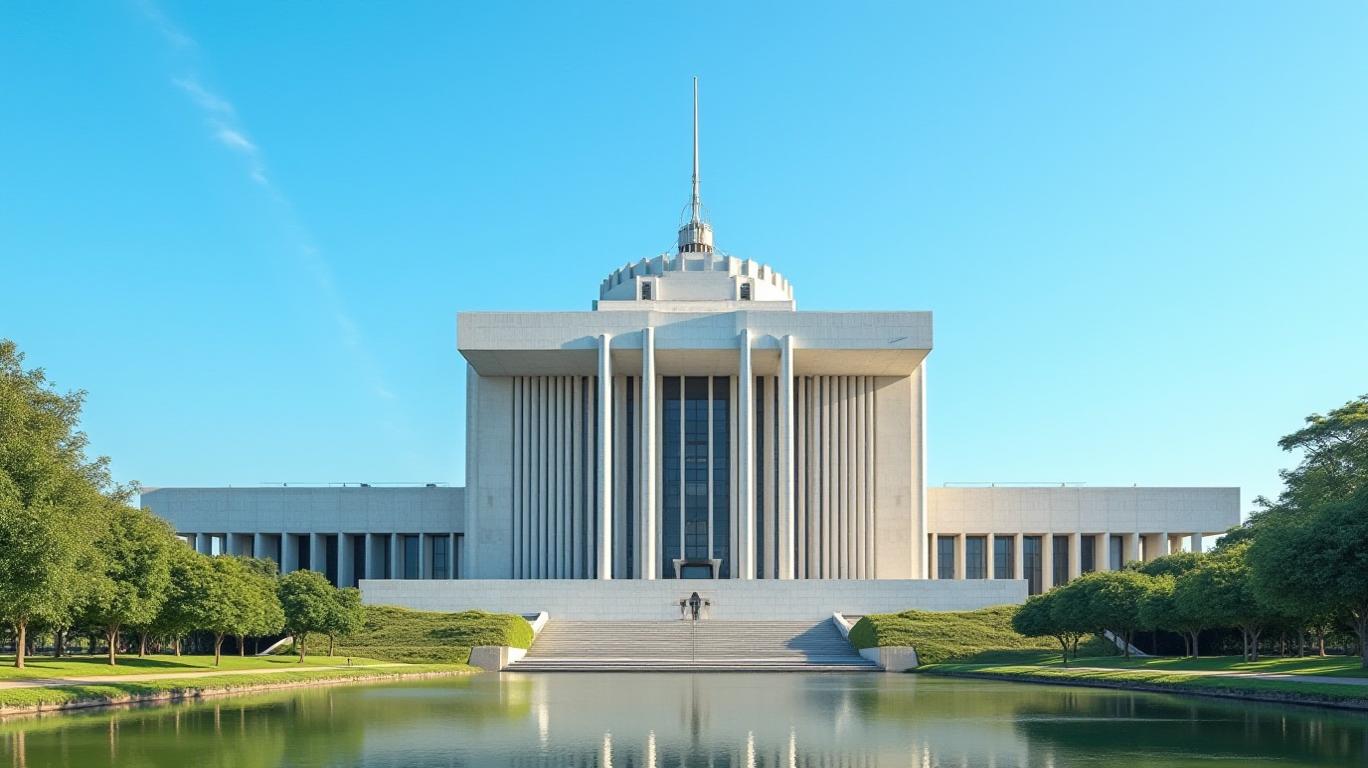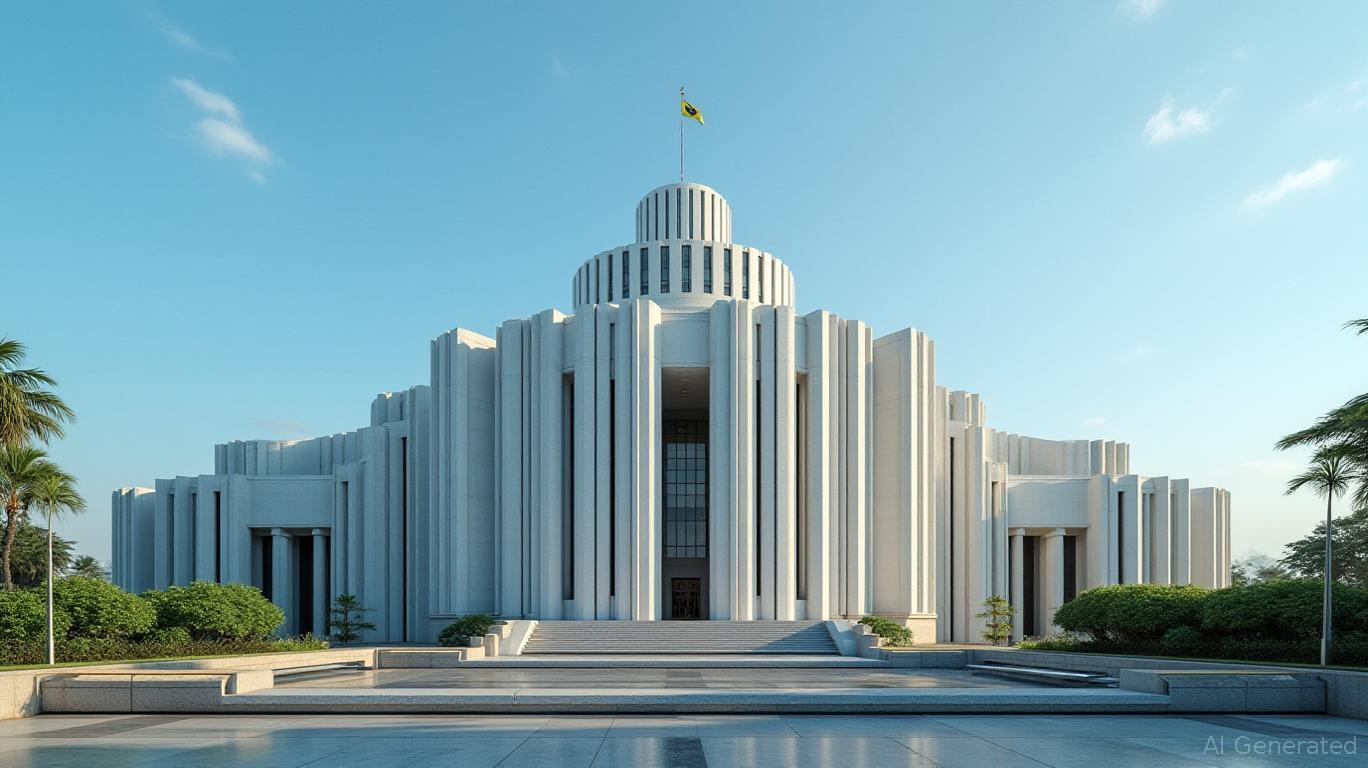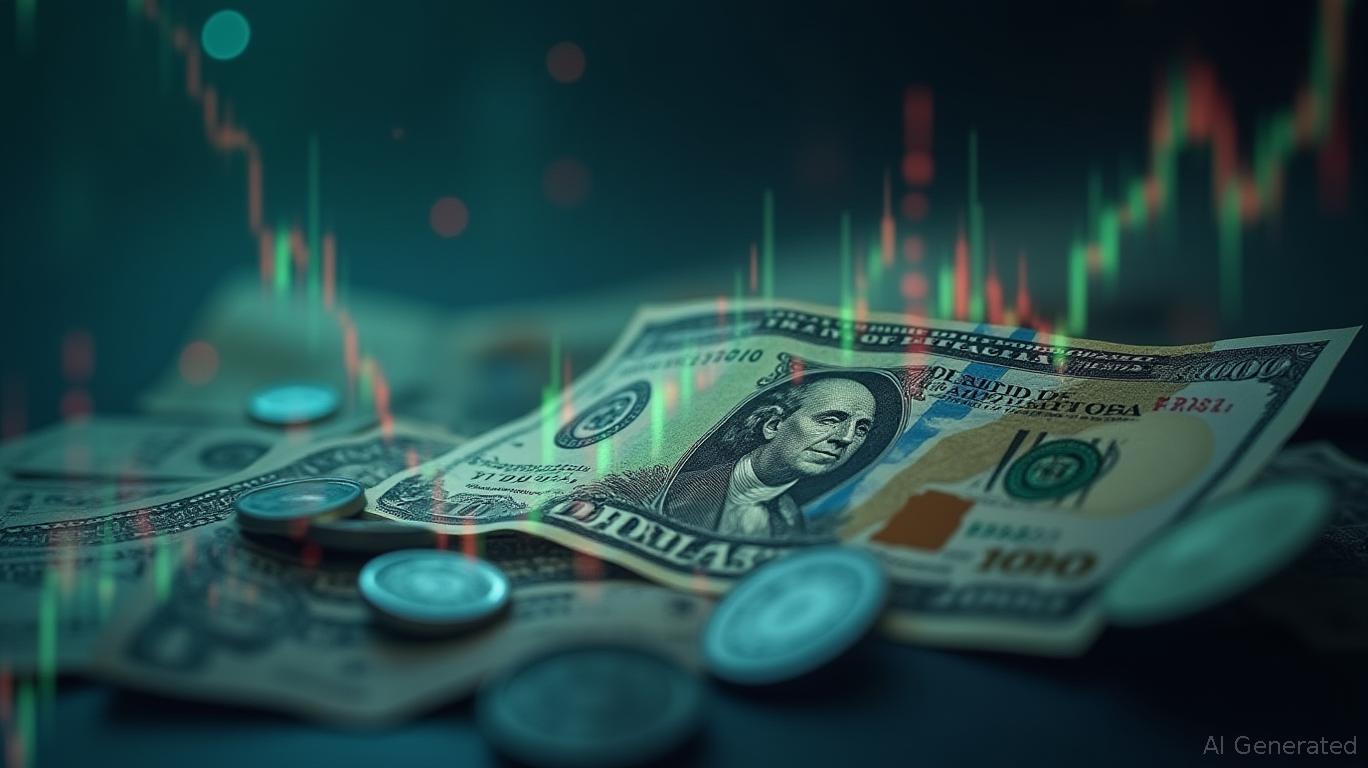Brazil's Monetary Crossroads: Navigating Uncertainty in the May Policy Outlook
The Central Bank of Brazil has left markets in suspense by declaring its May monetary policy decision "open-ended," citing "unclear data" as the primary reason for hesitation. This ambiguity underscores a critical inflection point for Brazil’s economy, where conflicting signals on inflation, growth, and global dynamics are colliding. For investors, this moment demands a nuanced approach—balancing optimism about recovery with caution over potential pitfalls.

The Data Dilemma: Inflation vs. Growth
Brazil’s policymakers are torn between two competing priorities: taming lingering inflation while avoiding a growth slowdown. reveals a trajectory that has cooled from its 2021 peak of 10.74% to 4.92% in March 2024—still within the Central Bank’s target range of 2%–5%, but with volatility in sight. Meanwhile, show a fragile rebound: the economy expanded by 0.6% in Q4 2023, but weak January and February data (0.1% and -0.3% quarter-over-quarter, respectively) have clouded the picture. This mixed bag leaves the Central Bank’s key tool—the SELIC rate—on hold at 3.5%, its lowest level in decades.
Political and External Pressures Complicate the Picture
Adding to the uncertainty is Brazil’s October presidential election, which could shift economic priorities dramatically. A potential victory for far-right candidate Jair Bolsonaro or a left-wing challenger like Luiz Inácio Lula da Silva might alter fiscal policies, trade agreements, and market sentiment. Externally, the U.S. Federal Reserve’s pause in rate hikes has provided some breathing room, but global commodity price swings—critical for Brazil’s export-driven economy—remain unpredictable. illustrates this tension, with shares fluctuating alongside oil prices and geopolitical risks.
The Investor Playbook: Navigating the Crossroads
For investors, Brazil’s open policy stance creates both opportunities and risks. Equity markets, represented by the Ibovespa (^BVSP), have rallied 12% year-to-date, buoyed by optimism around a post-pandemic recovery. However, shows Brazil’s underperformance relative to peers, suggesting room for catch-up—if the economy stabilizes.
Currency traders are also watching closely: the Brazilian real (BRL/USD) has gained 3.5% against the dollar this year, but it remains volatile. A rate cut could weaken the currency further, hurting importers but boosting exporters. Conversely, a hold or hike might strengthen the BRL but risks stifling growth.
Conclusion: Betting on Clarity
The Central Bank’s open-ended stance reflects a simple truth: Brazil’s economy is at a crossroads, and the path forward hinges on data resolution. If inflation stays subdued while GDP growth accelerates, a rate cut in May becomes plausible—a boost for equities and corporate bonds. However, if global headwinds or domestic political uncertainty reignite inflation, the Bank may pause longer, favoring defensive plays like rate-sensitive utilities or foreign currency hedges.
The numbers tell the story: with the SELIC rate at historic lows and GDP growth expected to edge toward 1.5% in 2024 (per the IMF), investors should remain cautious but opportunistic. Monitor the May IPCA report and Q1 GDP numbers closely—these will likely decide whether Brazil’s Central Bank leans toward boldness or prudence, reshaping the investment landscape in the months ahead.


_442a2dcc1749832873286.jpeg)
_e68fac6d1749831664430.jpeg)






